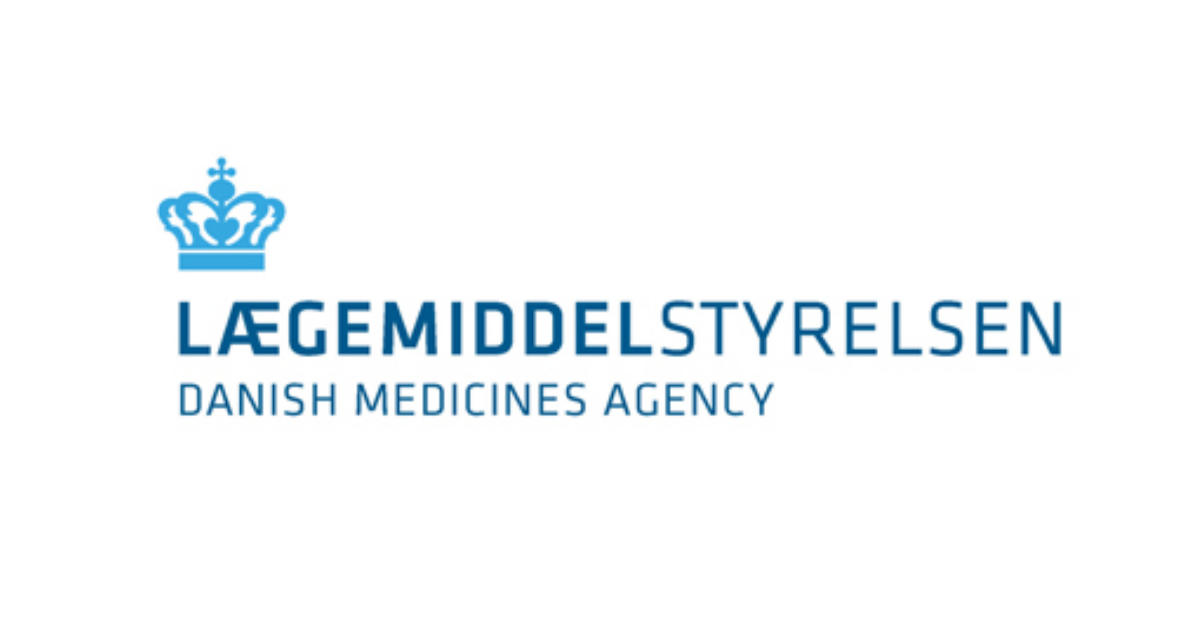Biological and biosimilar medicinal products
Biological medicinal products
A biological medicinal product differs from other types of medicinal products in that it is made by or derived from a biological source (from humans, animals or plants) or by way of genetically engineering methods.
The vast majority of biological medicinal products used today are made by way of genetic engineering using mammal cells, yeast or bacteria to produce the drug molecule. A biological medicinal product often has a more complex molecular structure than a synthetically (chemical, non-biological) made product.
Biosimilar medicinal products
A biosimilar medicinal product is a new version of an existing biological medicinal product (the reference medicinal product) that must have been authorized (in the EU) for at least 10 years. Biosimilar medicinal products may have minor differences in the molecule compared to the original version of the medicinal product, but these differences must not influence the efficacy and safety (adverse reactions) of the biosimilar version, compared with the original biological medicinal product.
Biosimilar substitution
In recent years, an increasing number of biological and biosimilar medicinal products have been authorized. This development is driven by rapid advances in biotechnology and the expiry of data protection for several original biological medicines. As a result, a wide range of biosimilar medicinal products are now authorized and available on the Danish market.
To enhance competition and thereby reduce the cost of biological medicines in Denmark, the Danish Medicines Agency has decided to introduce the substitution of biosimilar medicinal products.
The implementation is expected to be introduced gradually. Biological medicinal products containing a biosimilar active substance will be classified into substitution groups based on an assessment of the various syringes and pens, in which they are marketed. This classification aims to safeguard patient safety by ensuring that the syringes and pens within each group are similar in design and method of administration, thereby minimizing the risk of medication errors. As a result, patients will only receive a syringe or pen that they are already trained and familiar with
